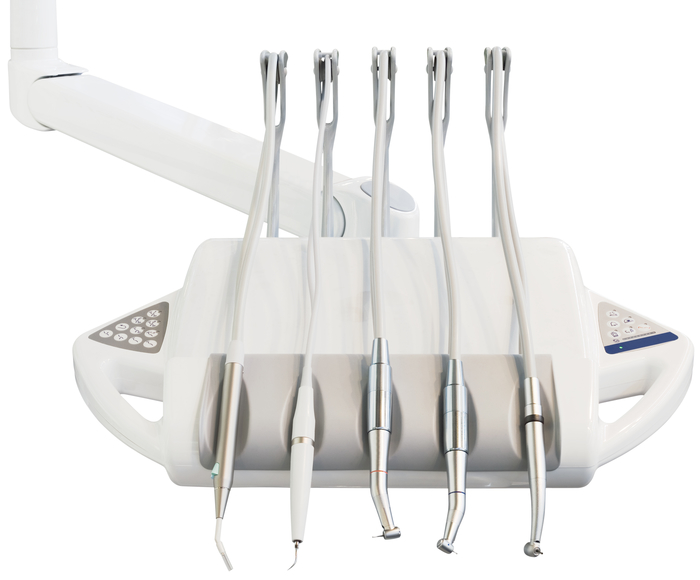 A tooth that has developed severe decay or infection may require a root canal treatment. During this procedure, the infected pulp and nerve are removed, which allows the tooth to be thoroughly cleaned out and then sealed. Although root canals have long been associated with pain, newer methods make the therapy no more uncomfortable than getting a filling.
A tooth that has developed severe decay or infection may require a root canal treatment. During this procedure, the infected pulp and nerve are removed, which allows the tooth to be thoroughly cleaned out and then sealed. Although root canals have long been associated with pain, newer methods make the therapy no more uncomfortable than getting a filling.
How the Root Canal Procedure is Performed
A root canal procedure is done in several steps.
- X-rays are taken to determine the shape of the root canals and to see if any infection has spread into the jawbone.
- If necessary, the patient will be given an anesthetic, and a dental dam will be placed around the tooth to protect it from saliva during the procedure.
- A hole is drilled into the tooth and the infected debris is removed. Cleaning is done through the use of root canal files, which are pushed down into the hole in ever increasing sizes. The files scrub the sides of the root canal to ensure all infected matter is removed.
- After cleaning, the tooth will need to be sealed. This may happen on the same day or may be delayed due to a deep infection that needs to be resolved. If the patient must wait, a temporary filling is placed to protect the tooth until permanent sealing. Sealing is done with a rubber compound and a sealer paste placed into the root canal with a filling on top to close the access hole.
- Some patients may require additional restoration work after a root canal procedure. A crown will protect the tooth from breakage and bring it back to full functionality.
After the Root Canal Procedure
If there is a temporary filling in place, the patient should try not to chew on that side to avoid damaging a tooth that is not fully restored. If the root canal is finished, there can be some sensitivity and pain due to inflammation. This can be controlled by taking over-the-counter pain relievers. Most patients can resume regular activities within 24 hours. Brushing and flossing should be done as usual.
Complications from a Root Canal Procedure
The most common complication is reinfection of the tooth. This may be due to undetected damage or an inferior restoration. In rare cases, the the sealing material inside the tooth breaks down and allows bacteria to invade. If the situation becomes too dire, the tooth may need to undergo resection or be removed.
Root canals are covered by most dental insurance, but the cost of any restoration work is the responsibility of the patient. Many dental offices offer payment plans to ease the burden of those expenses.
